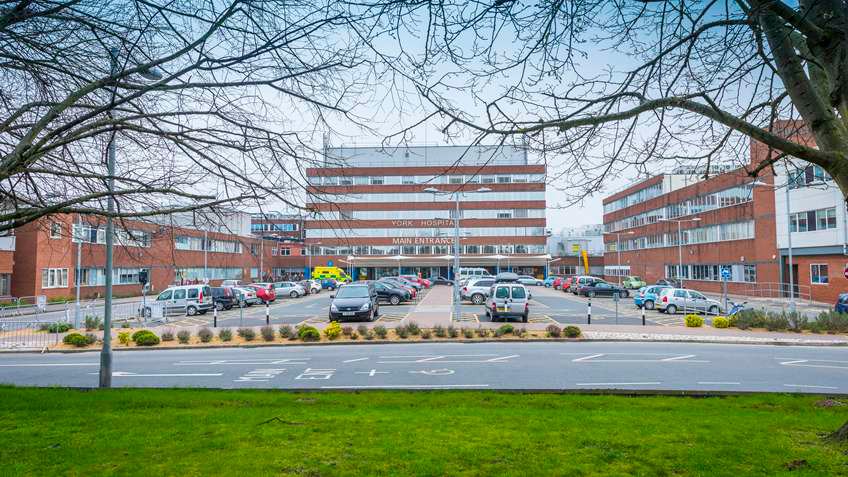Challenge
The project at York was procured and delivered in conjunction with the Carbon and Energy Fund, a procurement framework created to facilitate and manage complex energy infrastructure upgrades for the NHS and wider public sector. The money invested in CO2 reduction solutions is funded from the savings generated. The Vital Group has a 15-year operation and maintenance contract, which will ensure that savings are achieved every year. When possible it will try to exceed guaranteed savings, and these are then shared between the Trust and the Vital Energi Group.
Vital Energi Utilities was responsible for delivering the overall project and Vital Efficienci delivered the complete SCADA solution, alongside the operating principals and philosophies, and optimisation methodology developed for the plant. The control solution is split in two:
- The BMS – supplied by a specialist supply partner – which manages and optimises the downstream energy assets
- The SCADA system, supplied by Vital Efficienci, which manages and optimises the main energy centre (boiler house), with its two main plant rooms, and uses an Allen-Bradley architecture
According to Kenneth Kunz, Technical Director at Vital Efficienci: “This is a 15-year agreement, so we needed a robust industrial system that can work in a demanding environment and remain stable. It is for this reason that we decided to go with our own SCADA system and based it on proven, open industrial systems, with Rockwell Automation CompactLogix PACs at the heart.”
Solution
The existing energy system comprised gas-fired steam boilers controlled by an older and now unsupported control architecture. The Trust decided to proceed with the ECS (Energy Control Solution) typically known as SCADA from Vital Efficienci, based primarily on Allen-Bradley Integrated Architecture products.
The Trust was actually the first client of the new system, and required a complete upgrade and deployment of a new control infrastructure. “We developed different modules into our ECS system,” Kenneth explains, “which are unique to Vital Energi Group. Our solution is very open, unlike other typical BMS systems, which can often be a little more ‘black box' like and closed. They are satisfactory for alarming and monitoring, but they are often not optimized for energy centers. We developed new modules to make it unique and make it different to the market.”
Vital Efficienci did the coding in-house and worked together with Rockwell Automation on the design and writing of software for the MBus protocol (communications). Standard industry power meters use MBus communications and, at the time, it was not possible to integrate these meters into the CompactLogix PACs. So the Rockwell Automation Global OEM Technical Consultant (GOTC) and Kenneth wrote new software, which supported the implementation of certain power meters into the overall control system.“
MBus is not a standard,” Kenneth explains, “but I found a serial communications module from ProSoft Technology (a Rockwell Automation Encompass Partner) within the Logix family, so we were able to develop an ASCII driver that would communicate with the MBus protocol. MBus is only really used for heat meters, but these days, more and more heat meters are offering the ability to use Modbus. We used MBus in York, but going forwards we will use Modbus RTU/TCP-IP.”
The Vital Efficienci ECS system runs on Allen-Bradley® CompactLogix™ L33ER & L24ER programmable automation controllers running on a fibre EtherNet/IP™ network served by multiple I/O points and Stratix 5700™ managed Ethernet switches.

